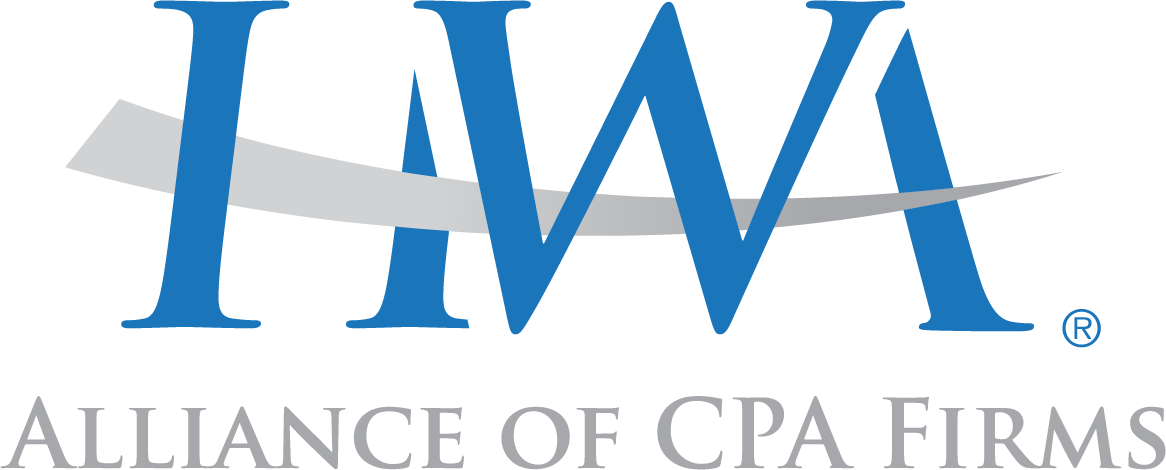Staying Ahead of the Game: How KPIs Drive Performance Auditing and Keep Businesses Competitive

Photo by Ruthson Zimmerman on Unsplash
Performance Auditing consists of an independent examination of a program, function, operation or the management systems and procedures of a governmental or non-profit entity. This is to assess whether the entity is achieving efficiency and effectiveness in the employment of available resources. Performance Audits provides a process of evaluating how well an organization meets its original goals. They are designed to highlight strengths and weaknesses in an organization’s performance, as well as identify opportunities for improvement. Performance audits is an important step in achieving excellence.
A Performance Audit may help an organization to determine whether the goals they have set are realistic, whether they are meeting their goals, and what can be done to improve. Another purpose of performance auditing is to evaluate the performance of stated programs to determine their effectiveness and make changes if needed. The scope of a performance audit varies, but usually includes an assessment of effectiveness, efficiency, and compliance with legal requirements. Lastly, performance audits typically test if a governmental or non-profit entity is making good use of resources to effectively deliver its policy goals and achieve its intended impact.
Performance audits also often intend to examine the implementation of a policy or policies. Its aim is to identify areas where a governmental entity, or non-profit entity can improve its operations and achieve
better results. However, many organizations fail to conduct performance audits due to the perception that they are time-consuming and expensive. This can lead to several problems such as inefficient resource use, missed opportunities, and inadequate risk management.
Implementing Key Performance Indicators (KPIs) can proctor solutions to these problems. KPIs are specific, measurable metrics that businesses use to evaluate their progress towards achieving their goals. KPIs are essential in performance auditing because they provide a way to measure and evaluate an organization’s performance in a specific area. Areas such as financial metrics, customer satisfaction, employee productivity, and process efficiency. For example, to provide insights into a business’s financial performance KPIs such as revenue growth rate, profit margin, and ROI may be applied.
Measuring and analyzing KPIs regularly, makes it easier to identify areas where improvements can be made in operations, increase efficiency, and achieve overall better results. As such, KPIs play a critical role in performance auditing and are essential for businesses that want to stay competitive in their industry. In this article, we will explore how KPIs drive performance auditing and how it helps organizations remain competitive in today’s rapidly changing business landscape.
Benefits of Using KPIs in Business Performance Auditing
By incorporating KPIs into their performance auditing process, businesses can enjoy several benefits, including:
● Identifying areas for improvement – KPIs provide businesses with the necessary insights to identify areas that need improvement. This helps businesses focus their efforts on the most critical areas, leading to more significant improvements.
● Improving operational efficiency – By monitoring KPIs, businesses can identify processes that are inefficient or not delivering the desired results. They can then take corrective measures to improve their processes, resulting in increased efficiency.
● Staying competitive in the market – KPIs help businesses keep a pulse on the market and the competition. By monitoring KPIs such as customer satisfaction and revenue growth rate, businesses can identify areas where they need to improve to stay competitive.
Best Practices in Monitoring and Evaluating KPIs
Regular monitoring and reporting – Regular monitoring of KPIs helps businesses stay on top of their performance and identify any issues that need attention. Reports should be generated frequently and shared with stakeholders to ensure everyone is on the same page.
Aligning KPIs with business goals – KPIs should be directly tied to the business’s goals and objectives. This ensures that KPIs are relevant and useful in measuring progress towards these goals.
Collecting accurate data – KPIs are only as good as the data used to measure them. It’s essential to ensure data is accurate, reliable, and relevant to the KPI being measured. Automation of data collection can help minimize errors.
Analyzing and interpreting data – Collecting data is only the first step. Analyzing and interpreting data is crucial to identifying patterns and trends, identifying areas that need improvement, and making informed decisions.
KPI Dashboards and Reports
KPI (Key Performance Indicator) dashboards and reports are tools used by organizations to track and measure their performance against specific goals and objectives. They provide a visual representation of key data points and metrics in real-time, making it easier for decision-makers to identify trends, spot opportunities and challenges, and make informed decisions.
Here are a few examples of KPI dashboards and reports that businesses and organizations commonly use:
Financial dashboard – A financial dashboard provides a visual representation of a business’s financial performance, including revenue, expenses, profit margin, and cash flow. It helps businesses track progress toward financial goals and make informed decisions about investments and budgeting.
Customer satisfaction report – A customer satisfaction report provides insights into how well a business is meeting its customers’ needs. It includes KPIs such as NPS, customer retention rate, and CLV. These KPIs help businesses understand their customers’ preferences, identify areas for improvement, and maintain customer loyalty.
Employee productivity dashboard – An employee productivity dashboard provides insights into how well a business’s workforce is performing. It includes KPIs such as sales per employee, AHT, employee turnover rate, and attendance and punctuality. These KPIs help businesses identify areas where employees can improve and provide training to address skill gaps.
Process efficiency report – A process efficiency report provides insights into how well a business’s operations are performing. It includes KPIs such as cycle time, FTFR, inventory turnover rate, and order lead time. These KPIs help businesses identify bottlenecks, inefficiencies, and areas where processes can be improved.
Bottom Line
Performance auditing is a crucial process that an organization cannot afford to overlook. KPIs are essential in performance auditing as they provide a way to measure and evaluate a business’s performance in a specific area. By monitoring and evaluating KPIs regularly, businesses can identify areas where they can improve their operations, increase efficiency, and make informed decisions that ultimately lead to long-term success and sustainability.
HWAA can help you!
At HWA Alliance of CPA Firms, we offer quality control services that help organizations optimize their operations and improve their financial health. Our team of experts will identify areas for improvement
and implement effective strategies that drive growth and profitability. With HWAA’s quality control services, you can rest assured that your business is operating at its full potential and is on the path to success.
Don’t wait any longer, contact us today to learn more about how we can help your business thrive!

